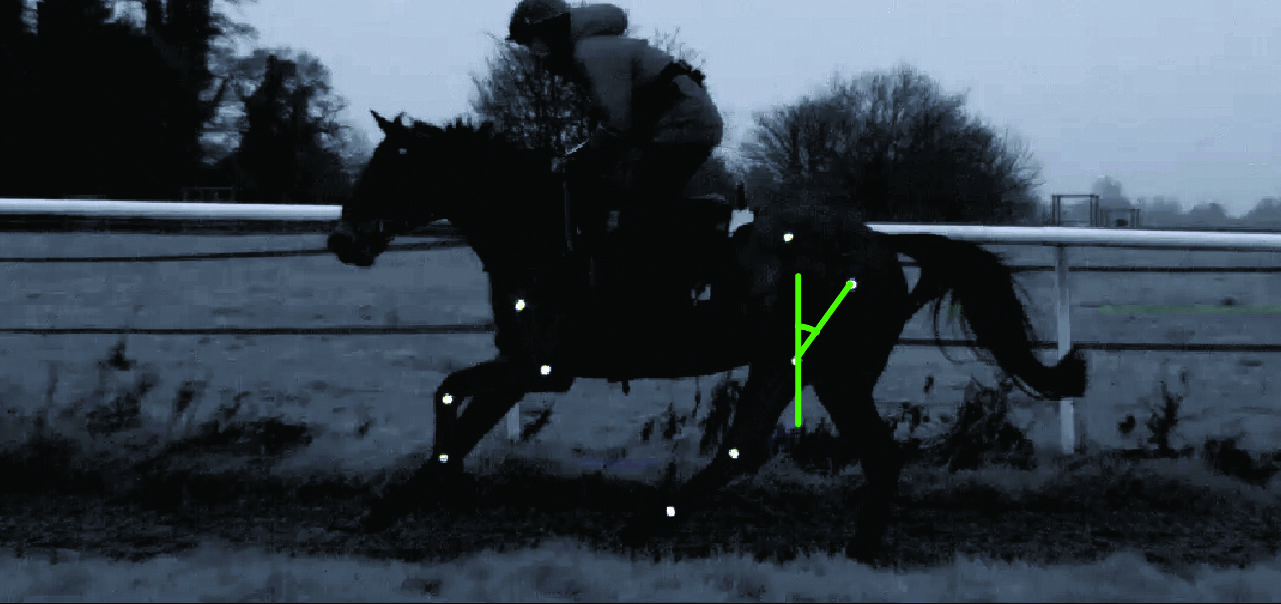How technology can quantify the impact saddles have on performance
By Dr. Russell Mackechnie-Guire
Thanks to advances in technology, it is getting easier for scientists to study horses in a training environment. This, combined with recent saddlery developments in other disciplines, is leading to significant progress in the design and fit of exercise saddles.
Back pain, muscle tension and atrophy are common issues in yards. Although there are many contributory factors, the saddle is often blamed as a potential cause. Unlike other equestrian sports, where the effect of tack and equipment on the horse has been investigated, until now there has been little evidence quantifying the influence of exercise saddles.
New era
The technological advances used in sport horse research are sparking a new era in racing, enhancing our understanding of the physiological and biomechanical demands on the horse, and helping improve longevity and welfare. For the trainer this translates into evidence-based knowledge that will result in marginal or, in some cases, major gains in terms of a horse’s ability to race and achieve results. Race research has always been problematic, not least due to the speed at which the horse travels. Studies have previously been carried out in gait laboratories on treadmills, but this is not representative of normal terrain or movement. Thanks to new measuring techniques, we can now study the horse in motion on the gallops. Evidence of this new era arises from a recent study published in the Journal of Equine Veterinary Science. It found areas of high pressures under commonly used exercise saddles which had a negative influence on back function, affecting the horse’s gallop and consequently performance.
The pressure’s on
Researchers used a combination of pressure mapping and gait analysis (see Technology in focus panel) to investigate three designs of commonly used exercise saddles: full tree, half tree and three-quarter tree. The aim was to identify pressure magnitude and distribution under each of the saddles then to establish whether the gait (gallop) was improved in a fourth saddle designed to remove these pressures.
Areas of high pressure were found in the region of the 10th-13th thoracic vertebrae (T10-T13). Contrary to popular belief, none of the race exercise saddles tested in this study produced peak pressure on or around the scapula. The pressures around T10-T13 at gallop in the half, three-quarter and full tree were in excess of those detected during jumping or dressage in sport horses. They were also higher than pressures reported to be associated with clinical signs of back pain. Therefore, it is widely accepted that high pressures caused by the saddle could be a contributory factor to back pain in horses in training.
Three most commonly used saddle-tree lengths, plus the new design (purple 40cm)
Half tree: High peak pressures in the region of T10-T14 were consistent with the end of the tree.
Three-quarter tree: Peak pressure was localised on one side of the back at a time, depending on the horse’s gallop lead.
Full tree: Peak pressure was further back and, although not high, gait analysis demonstrated a reduction in the extent to which the hindlimb comes under the horse, reducing the power in the stride.
New design: A more uniform pressure distribution, recording the lowest peak pressures at each location.
Lower pressure leads to longer strides
When looking at propulsion, there are two important measurements: the angle of the femur relative to the vertical and hip flexion. When pressures were reduced beneath the saddle, researchers saw an increased femur-to-vertical angle in the hindlimb and a smaller hip flexion angle (denoting the hip is more flexed).
A greater femur-to-vertical angle indicates that the hindlimb is being brought forward more as the horse gallops.
A smaller hip flexion angle denotes the hip is more flexed, allowing the horse to bring his quarters further under him and generate increased power.
Improved hip flexion was recorded in the new saddle design (A) compared to a commonly used saddle (B).
When pressure is reduced in the region of T13, the hindlimb is allowed to come more horizontally under the horse at this point in the stride, leading to an increase in stride length. Researchers speculate that this could be due to the fact that the thorax is better able to flex when pressure is reduced.
Perhaps surprisingly, the study found that reducing saddle pressures did not result in any significant alteration in the forelimb at gallop. The major differences were recorded in hindlimb function. This could be explained anatomically; the forelimb is viewed as a passive strut during locomotion, whereas the hindlimbs are responsible for force production.
This is consistent with findings in the sport horse world, where extensive research investigating pressures in the region of the 10th-13th thoracic vertebrae has shown that reducing saddle pressure is associated with improved gait features in both dressage and jumping.







